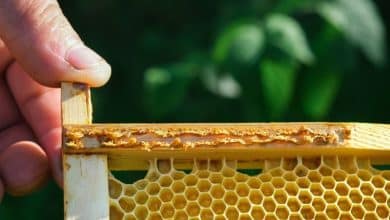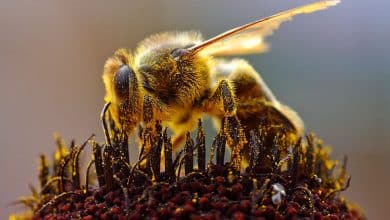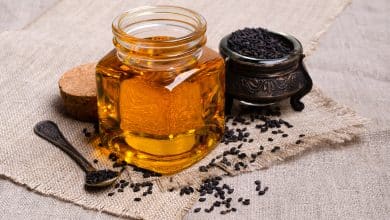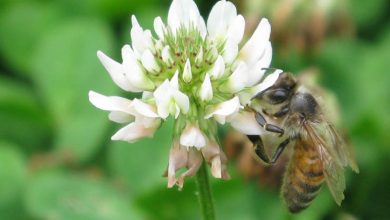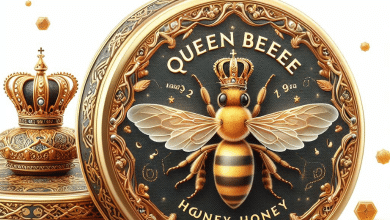collecting propolis: The most important bee products
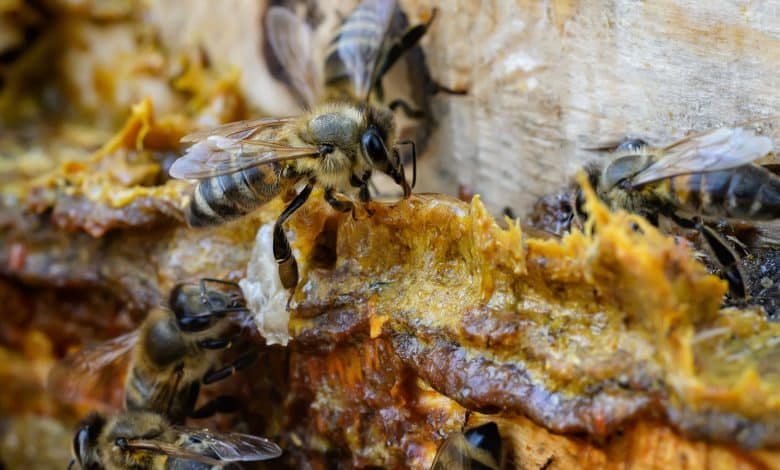
The composition of propolis
It is one of bee products. There are numerous categories devoted to European propolis, American propolis, Indian propolis, South American propolis, and so forth, which obviously shows that the content of propolis differs greatly depending on its source. Propolis can be problematic for beekeepers since some bees seem to generate more of it than others. Because they use it to fill gaps, bees frequently free-stick the hive boxes together, necessitating the employment of a hive tool to separate them. The frames are the same way. Another target that is commonly stuck down is the lid, particularly if the underside of the lid is extremely close to the tops of the frames.
Definition of propolis

G.A. Burdock describes propolis as a sticky, dark-colored substance that honeybees gather from living plants, mix with wax, and use in the construction and adaptation of their nests, primarily to fill out cracks in the beehive, in a study paper titled “Review of the biological properties and toxicity of bee propolis” from 1998. It has been used in folk medicine since ancient times and is now recognized as a natural remedy having therapeutic qualities against germs, fungi, tumors, oxidative stress, and other diseases.
Where do bees use propolis?

While propolis is one of the bee products. Also, Bees use it to repair bigger gaps with beeswax, whereas smaller gaps (about 6.35 mm (1/4 in) or less) are filled with propolis. The most popular color is dark brown, though it can be any shade depending on the botanical source. At room temperature and above, propolis is sticky. It becomes hard and extremely brittle at lower temperatures. Use of propolis by bees According to research, bees gather and use propolis for the following purposes. To:
- prevent parasites and disease from getting into the hive;
- bolster the hive’s structural stability;
- shut off alternative entrances to the hive to make it more defendable;
- mummify any huge animal that perishes inside the hive (such as a mouse or a sizable insect they can’t remove themselves). This stops illness and putrefaction.
As with pollen, when bees collect propolis, they attach it to their corbiculae, but when they enter the hive, house bees are required to help them remove it.
Read about the Types and benefits of bee products
The bee colony is a perfect breeding habitat for all kinds of creatures, from fungi to bacteria, because it is warm and damp. Propolis, which has antifungal and antibacterial qualities, is often used by bees to “varnish” the interior of the hive, reducing the negative impacts of pathogens and preventing their worst effects.
Using propolis for humans
Propolis can take a long time to remove off frames and other surfaces, and many beekeepers just throw it away. However, propolis has value, so if you want to use it for something, be sure to scrape it off carefully to avoid removing any paint or wood. Then you should put it away till you have accumulated enough. There are numerous uses for propolis, including
medicine-related paints and varnishes, tinctures, and ointments.
Chewing gum, cosmetics, creams, lozenges, and ointments are all frequent places to find it. In addition to its many other uses, propolis has shown promise in dentistry as a natural sealant and enamel hardener for the treatment of dental cavities.
Read about The use of bee products in the medical field

There is a ton of evidence that propolis has numerous medicinal characteristics, but there hasn’t been much clinical research done on it, therefore caution must be used when using it. We do know that some people are allergic to some bee products like propolis and experience skin issues as a result of touching it.
This was our article for today. We have already talked about this bee product. You can read our article about bee products propolis from here.



